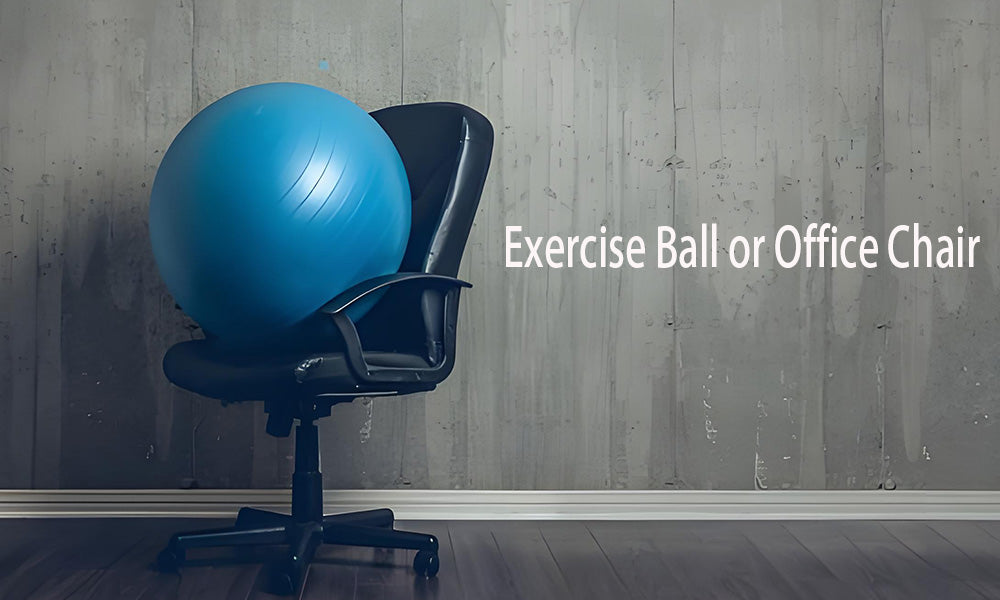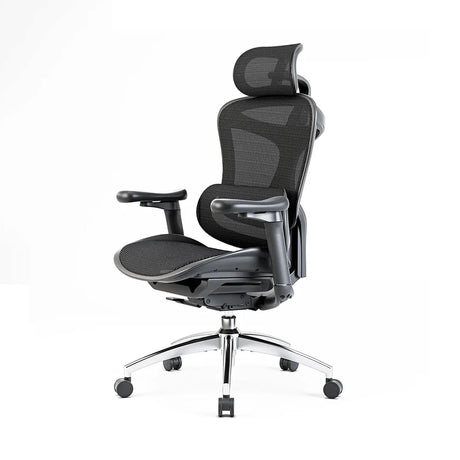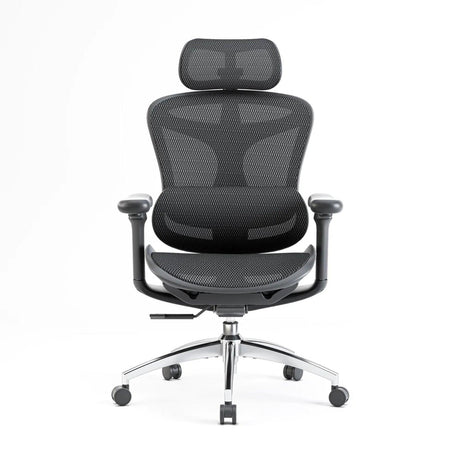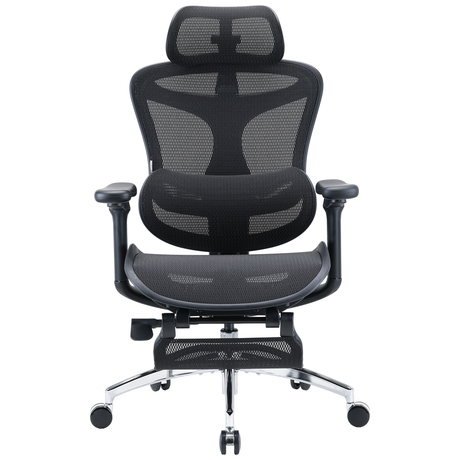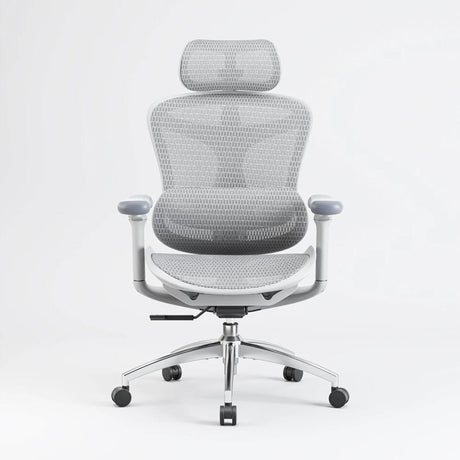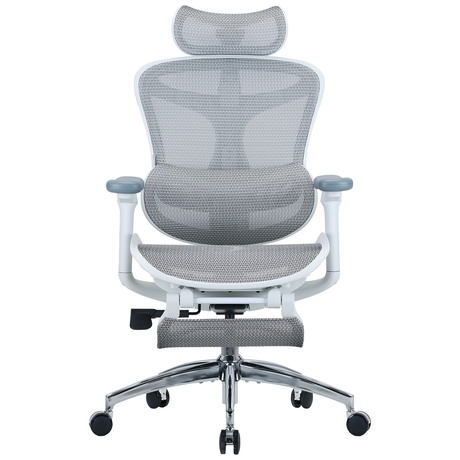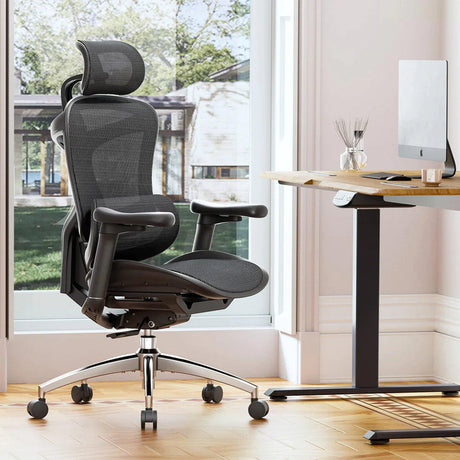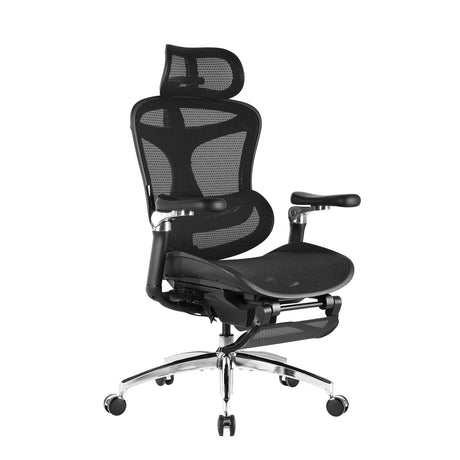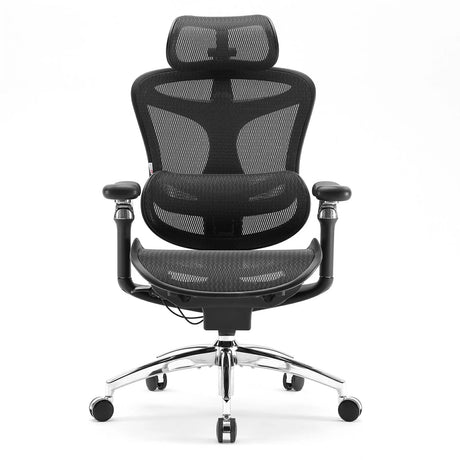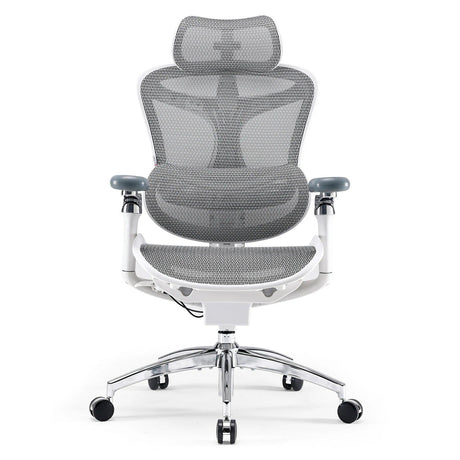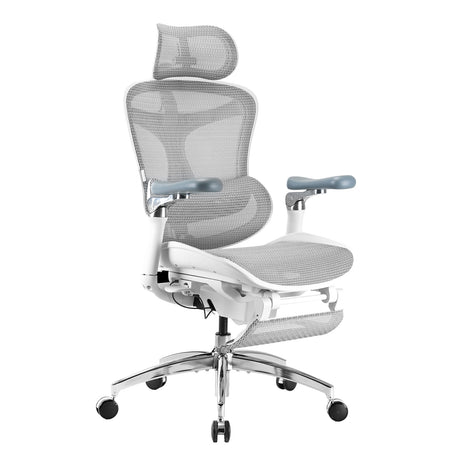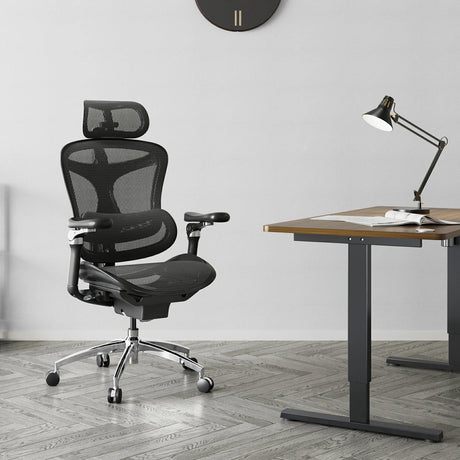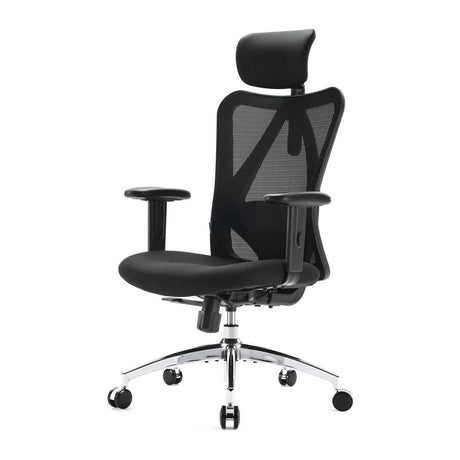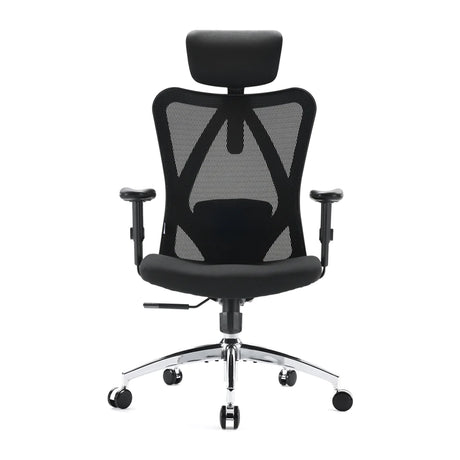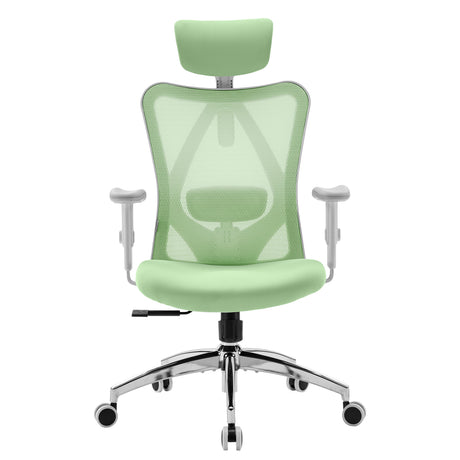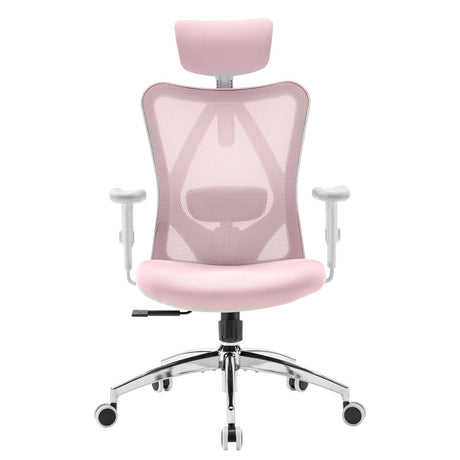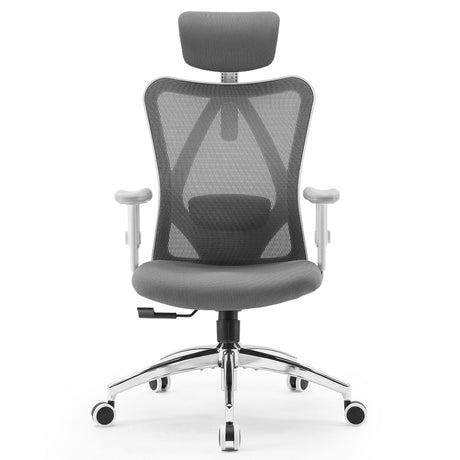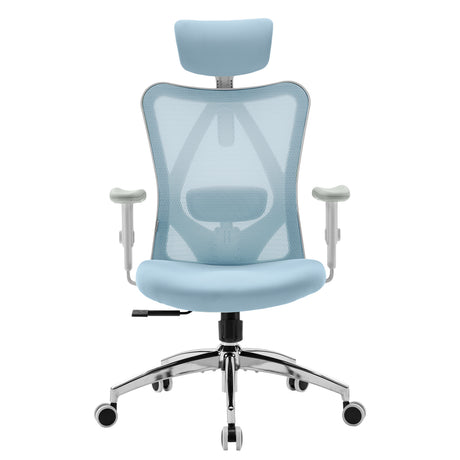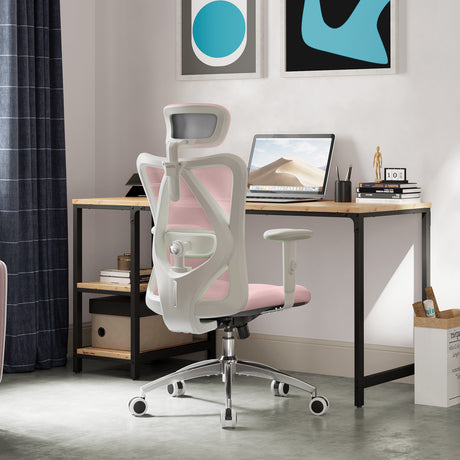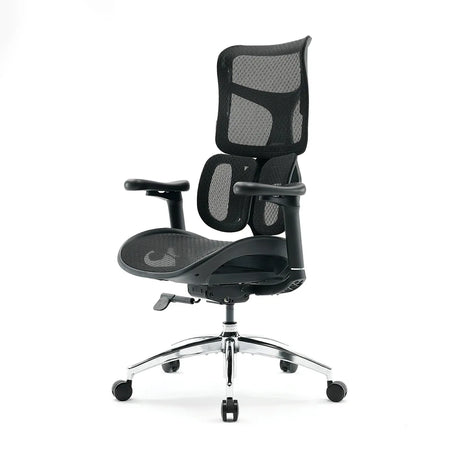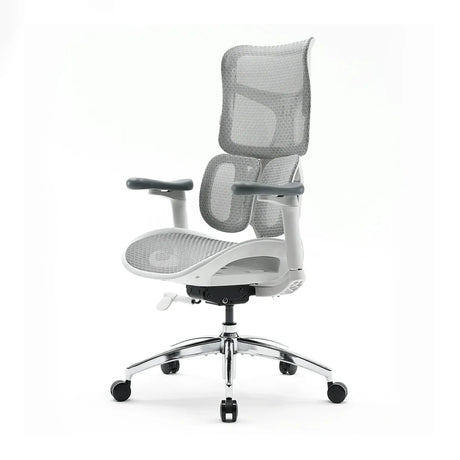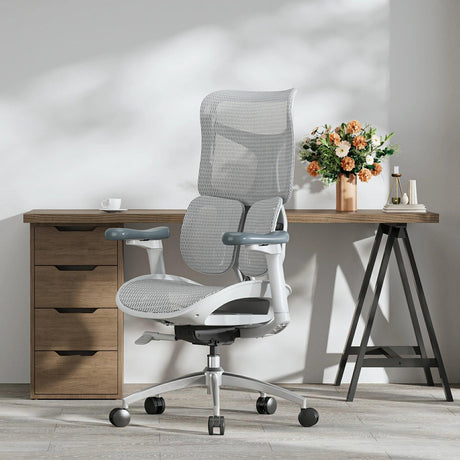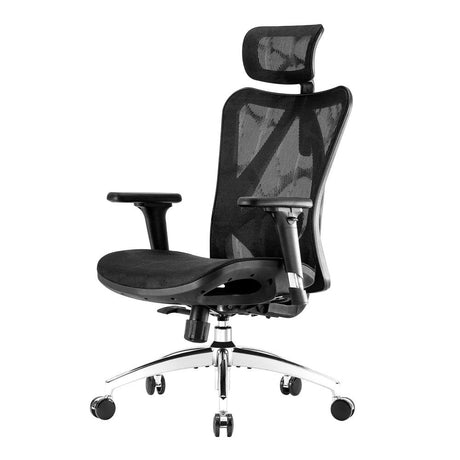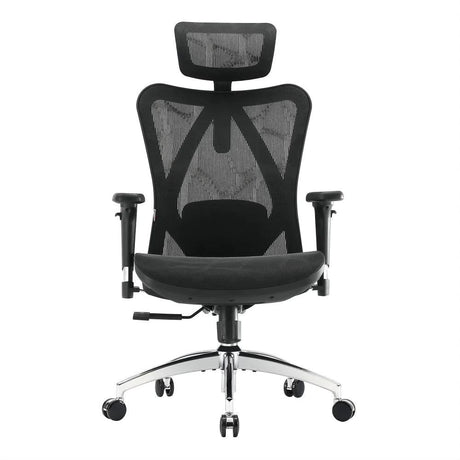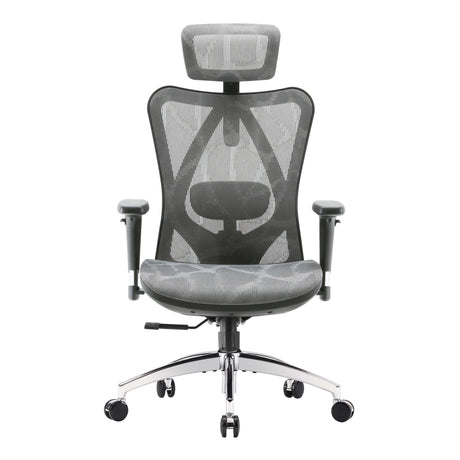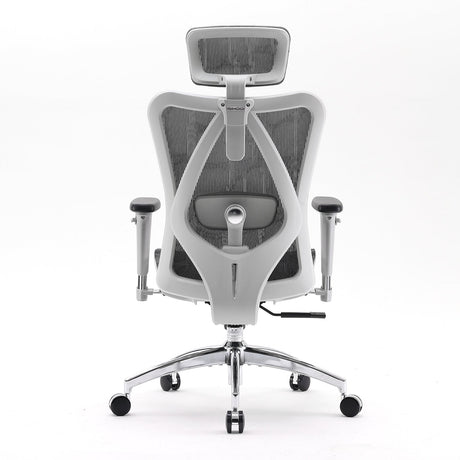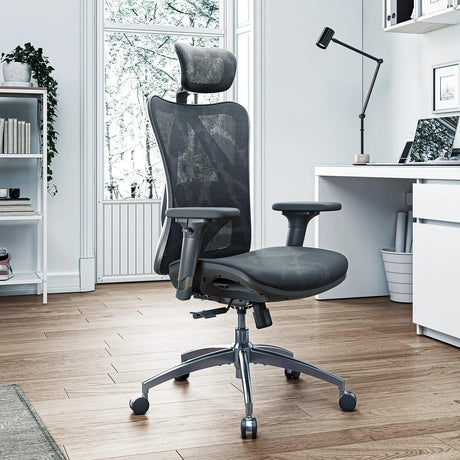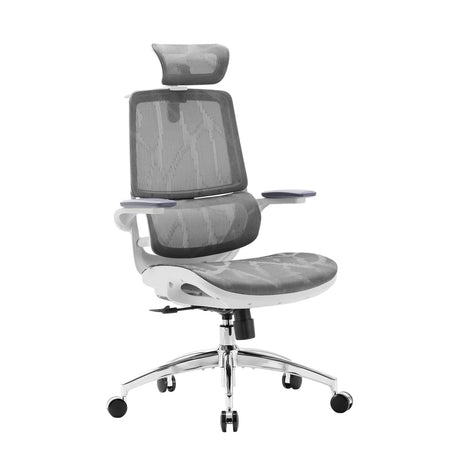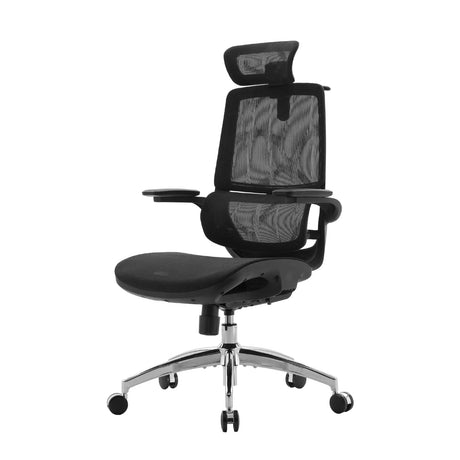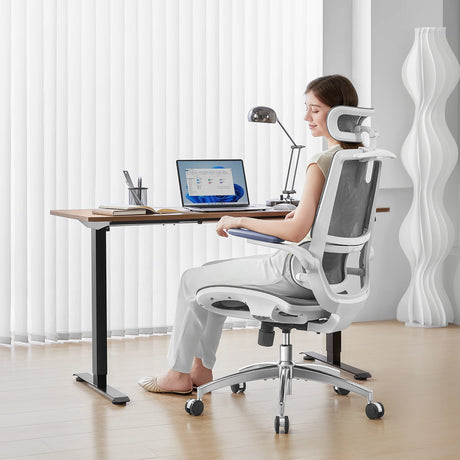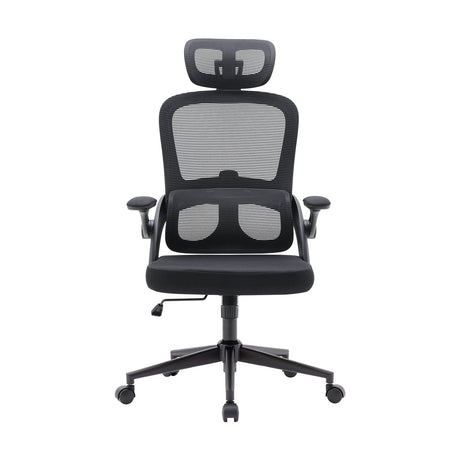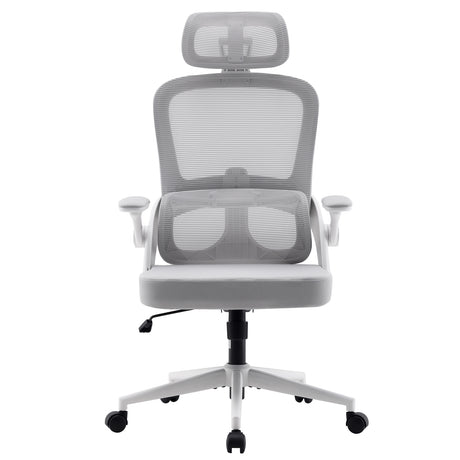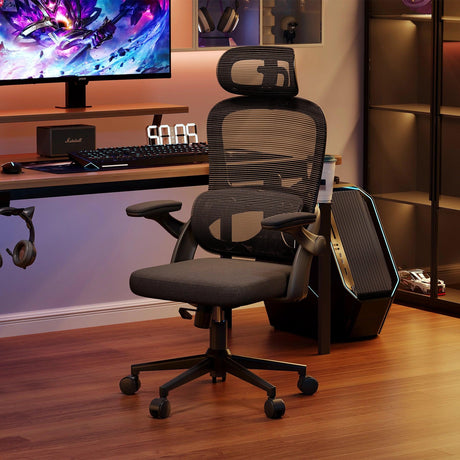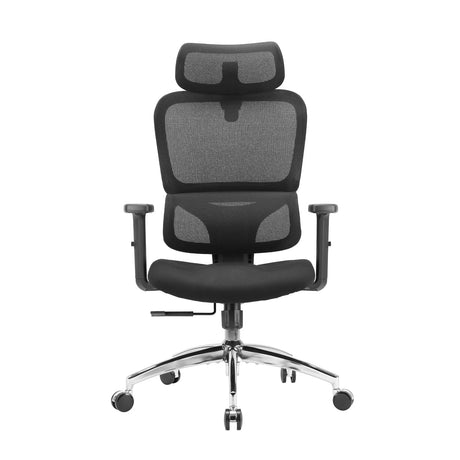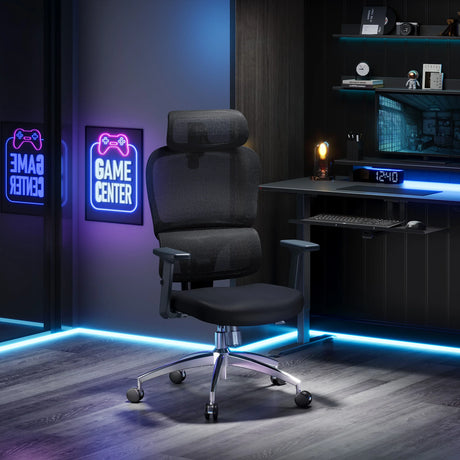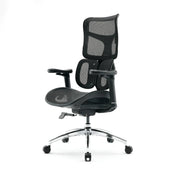In the quest for better posture, core strength, and overall comfort during long work hours, many people wonder: is it better to sit on an exercise ball or an office chair? While both options have their merits, they cater to different needs. Let’s break down the pros and cons of each to help you make an informed decision about which one suits your workspace and body best.
The Case for the Exercise Ball
An exercise ball—also known as a stability ball or Swiss ball—has gained popularity in recent years as an alternative to traditional office chairs. The premise is simple: its unstable surface forces your core muscles to stay engaged, encouraging active sitting.
Pros of Sitting on an Exercise Ball
-
Engages Core Muscles
Unlike a regular chair that supports your body, an exercise ball demands balance. This means your abdominal and lower back muscles are constantly working to keep you stable, helping to improve core strength over time. -
Encourages Movement
Sitting on a ball makes it easier to bounce slightly or shift your weight from side to side, which can help reduce stiffness from prolonged sitting. -
Improves Postural Awareness
Since slouching or leaning too far in any direction can lead to losing balance, people tend to sit more upright and mindful of their posture when using a ball.
Cons of Sitting on an Exercise Ball
-
Lack of Support
Exercise balls don’t provide back, arm, or lumbar support, which is essential during long hours of sitting. This can lead to strain, especially in the lower back. -
Can Be Unsafe
An unstable seat increases the risk of falling, particularly if you move abruptly or lose focus. This makes it less ideal in offices with hard floors or cluttered environments. -
Fatigue and Discomfort
Because sitting on a ball activates muscles constantly, it can be tiring and lead to discomfort after just a short period—certainly not ideal for an 8-hour workday.
The Case for the Office Chair
Modern ergonomic office chairs are engineered to support the human body during extended sitting. With adjustable features, lumbar support, and proper cushioning, they are often the go-to choice for professionals.
Pros of Sitting on an Office Chair
-
Ergonomic Support
A good office chair supports your lower back, promotes natural spinal alignment, and reduces pressure on hips and thighs. This helps prevent fatigue and injury during prolonged use. -
Adjustability
Height, armrests, recline angle, and seat depth can all be customized in quality chairs. This makes it easier to maintain an ergonomic sitting posture that matches your desk setup. -
Comfort for Long Sessions
With padding and backrests, office chairs are designed for comfort over long periods. If you’re working for several hours a day, this makes a big difference in productivity and well-being.
Cons of Sitting on an Office Chair
-
Encourages Sedentary Behavior
Because they’re so comfortable and stable, office chairs may contribute to longer, more static sitting sessions—something that’s been linked to a variety of health issues over time. -
Can Promote Slouching
Without mindfulness, it’s easy to fall into poor postural habits, such as leaning forward or slumping in the chair.
Which One Is Better? It Depends on Your Goals
If your main goal is core engagement and increased movement, and you're only sitting for short bursts (e.g., 30 minutes at a time), an exercise ball could be a useful addition to your routine. It’s more of a workout tool than a proper desk chair.
However, if you’re looking for long-term comfort, support, and proper ergonomics, an office chair—especially an ergonomic model—is clearly the better choice. It’s built for real work scenarios and helps reduce the risk of back pain and musculoskeletal issues when properly adjusted.
The Best of Both Worlds: Use Both Strategically
Some experts suggest alternating between an best office chair and an exercise ball throughout the day. Use the ball for short periods to activate your core and reset your posture, and rely on your office chair for tasks that require extended focus and stability.
Additionally, remember that movement is key, regardless of what you’re sitting on. Incorporating standing breaks, walking, and stretching into your daily routine will benefit your posture and overall health more than any one seating option.
Conclusion
While exercise balls have their benefits, especially for short bursts of sitting and core engagement, they aren’t designed for long-term desk work. A well-designed ergonomic office chair remains the better choice for most professionals, offering the necessary support for comfort, posture, and productivity. The ideal approach? Mix things up and stay mindful of your body’s needs throughout the workday.
